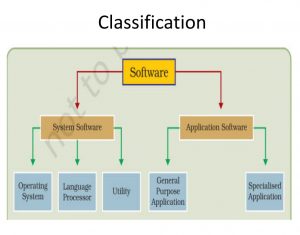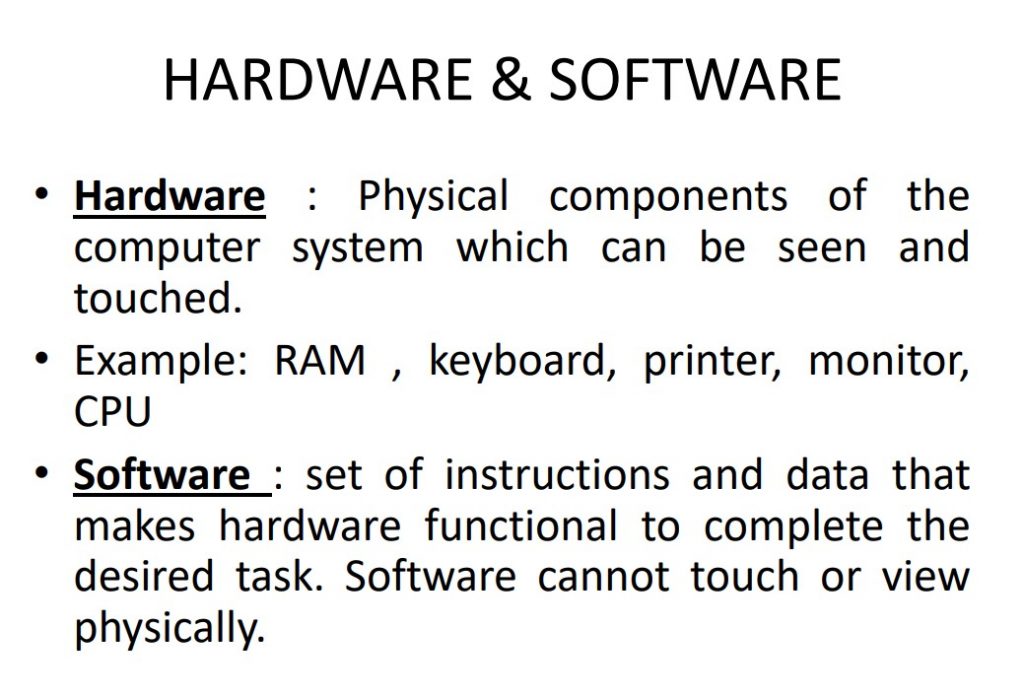C Programming – EST 102 Notes (Grade A+)
Summary:
The C Programming text is an overview of computer hardware and software, focusing on programming languages. It explains the difference between hardware and software and their respective roles. The two main categories of software, system and application software, are discussed, and their subcategories and features are explained. The text then describes the evolution of programming languages, from machine language to assembly language to high-level languages, and the differences between them. The three types of language translators, assemblers, compilers, and interpreters, are also explained, along with their differences. Finally, the text provides examples of programming languages that fall under each category.
Excerpt:
C Programming
HARDWARE AND SOFTWARE
- Hardware: Physical components of the computer system which can be seen and touched.
• Example: RAM, keyboard, printer, monitor, CPU - Software: a set of instructions and data that makes hardware functional to complete the desired task. The software cannot touch or view it physically.
Need of Software:
- The purpose of the software is to make computer hardware useful and operational.
- The software knows how to make different hardware components of a computer work and communicate with each other as well as with the end user.
- We cannot talk to or instruct the hardware of a computer directly. Hence software acts as an interface between human users and the hardware.

C Programming
System Software
- System software is a set of one or more programs, which are designed to control the operation and networking of computers. It acts as an intermediary between computer hardware and application program.
- It can further be divided into three types: Operating Systems, Language Processing, and Utilities.
Classification of System Software
- Operating system
- Language processors
- Utility programs
1. Operating system
- A software program that manages computer resources.
- Software that makes a computer actually work.
- Allow components to communicate with each other.
- Enable the computer to run software applications.
- Organizes and controls the hardware.
- Act as an interface between the application programs and the machine hardware.
- Example: Linux, Mac OS, Windows.


Reviews